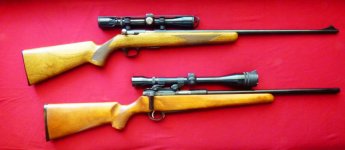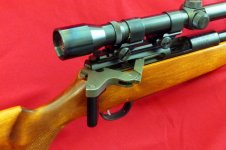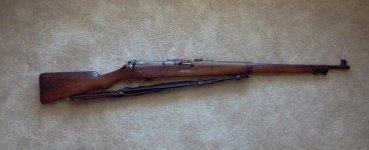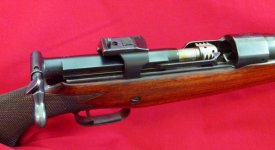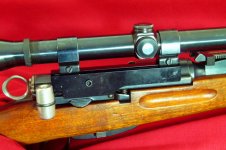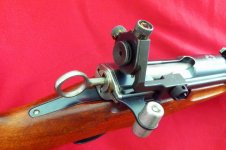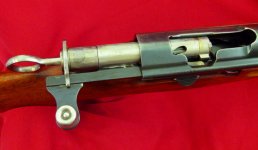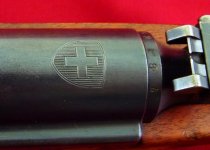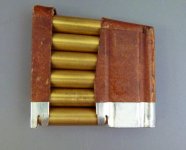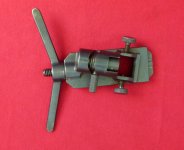I've long been fascinated by sraight pull rifles; I got my first one, a Steyr M 95, in 1954. The various mechnisms that lock and unlock the bolt with just a pull to the rear I find interesting and ingenious. Anyone else out there like these contraptions? Please post your pictures. Here's a some of mine; the first batch are all commerecial hunting and plinking rifles.
Photo 1. Browning T Bolt 22 (old version) light and handy, wonderful plinker and surprisingly accurate. It wears a Weaver K4. Underneath is an Izmash Biathlon 22. Not really a biathlon rifle but he action is probably derived from one. Ingenious toggle joint mechanism, like a Luger laid on its side. Very accurate, particularly with the Weaver K 10 scope shown. Very light, target grade trigger pull.
Photo 2. Mauser Model 1996 in 30-06. Another light and handy rifle. Despite the light barrel it's a real tack driver. It wears a Mauser 10X scope. The rifle evidently didn't sell well as youy seldom see them.
Photo 3. Winchester-Lee 6mm sporter, the sporting version of the 6mm Winchester-Lee Navy rifle of 1895.
Pnoto 4: The Izmash with the action open.
Photo 1. Browning T Bolt 22 (old version) light and handy, wonderful plinker and surprisingly accurate. It wears a Weaver K4. Underneath is an Izmash Biathlon 22. Not really a biathlon rifle but he action is probably derived from one. Ingenious toggle joint mechanism, like a Luger laid on its side. Very accurate, particularly with the Weaver K 10 scope shown. Very light, target grade trigger pull.
Photo 2. Mauser Model 1996 in 30-06. Another light and handy rifle. Despite the light barrel it's a real tack driver. It wears a Mauser 10X scope. The rifle evidently didn't sell well as youy seldom see them.
Photo 3. Winchester-Lee 6mm sporter, the sporting version of the 6mm Winchester-Lee Navy rifle of 1895.
Pnoto 4: The Izmash with the action open.
Attachments
Last edited:

